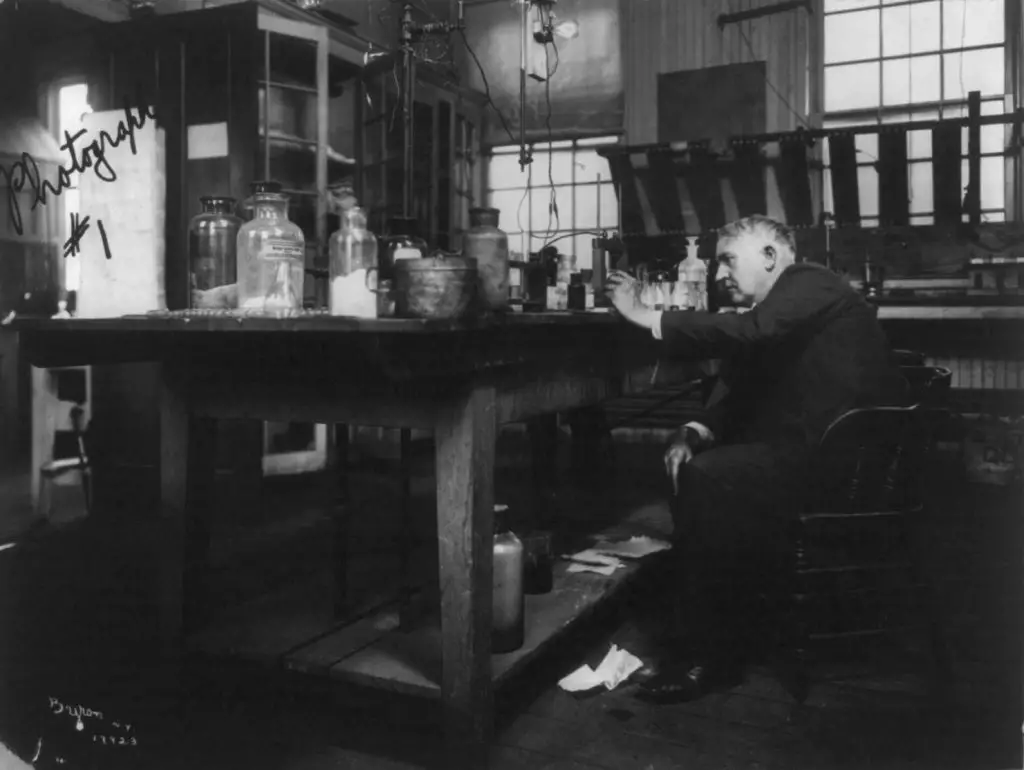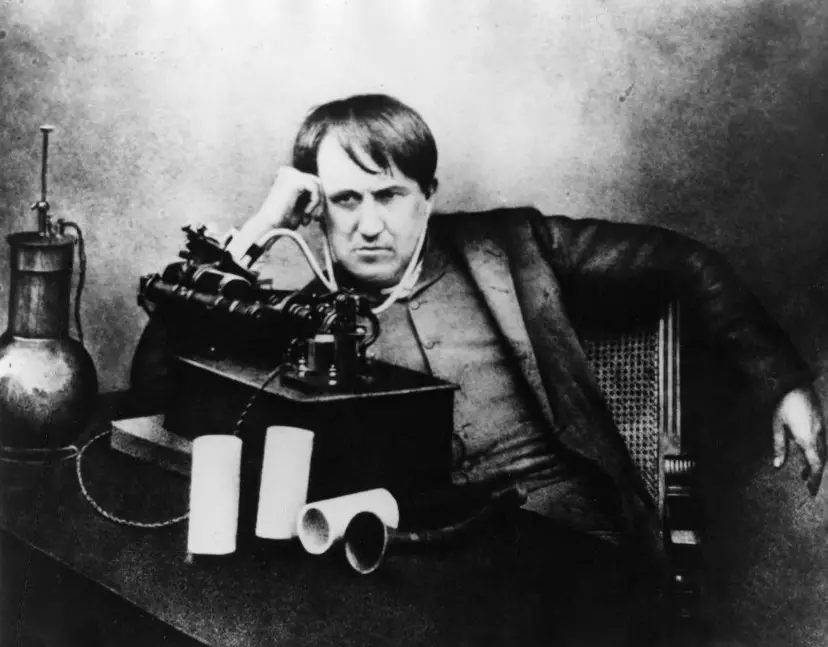 homas Edison is known as the most prolific inventor in modern history. With over 1,093 patented inventions, you cannot stop to wonder where did he get so much creativity? However, too much of anything isn’t good, as one of his most controversial inventions showed. With the standardization of phones during the early 20th century, Edison thought that people may feel the need to talk to their dead relatives or friends.
homas Edison is known as the most prolific inventor in modern history. With over 1,093 patented inventions, you cannot stop to wonder where did he get so much creativity? However, too much of anything isn’t good, as one of his most controversial inventions showed. With the standardization of phones during the early 20th century, Edison thought that people may feel the need to talk to their dead relatives or friends.
As crazy as the idea sounds, it was actually first presented in a copy of 1920 Scientific America magazine with a section representing an interview with Thomas Edison. The interviewer asked him after a very successful period of time, what is he planning to invent next.
His answer was:
“I have been working for quite some time on a machine that would allow the user to communicate with the dead”
Scientific America October 1920
Edison is the pioneer of modern inventions that change the way that we live our lives today such as the telephone, the lightbulb, cameras, and something that is utmost vital in today’s society, storage batteries. With such a high reputation, people had never doubted his abilities but trying to call the dead seemed a bit far-fetched even for his biggest supporters.

As he states that he had been working on this invention for quite some time, we can assume that he could have potentially come up with a prototype of some sort. In the archives which have preserved most of the blueprints for his inventions, there was no blueprint for the spirit phone. Most historians assume that it took him some time to realize that it is impossible to talk to the dead, therefore he scraped the whole idea.
In another interview taken by Scientific America to clarify his statements in his first interview he mentioned the following:
“I am thinking of creating a device that will allow people to communicate with those who have passed away. I don’t believe that the personalities of those who passed away have dissipated into another world. However, there is the possibility to create a device that can channel real-time messages to the dead. This will offer a better method of communicating to the dead than ouija boards or psychic mediums. “
Scientific America October 1920
The mentioning of ouija boards and psychic mediums shows that Edison acknowledged the existence of spiritism, meaning that he believed in the ability to talk to the dead, therefore this could have also been done with the use of an invention in order to make the process easier and more efficient. Whilst he believed in spiritism, most people in the media didn’t and they took this invention as an attempt of scamming people into purchasing rubbish.
As an investor, you would see Edison as a person that believed in practical science and not spirits. Some historians argue that Edison was trying to use this concept of a “spirit phone” in order to take advantage of the naivety of people that were grieving the loss of their dear ones during World War I.
This concept got out to the public and it really started a media chaos that stained his image and made people think twice about putting their trust in his hands. Many of his close acquaintances mentioned that Edison was very agnostic when it came to the world of the dead. This of course is argued by the work of Sir Oliver Lodge and Sir William Crookes, both being specialists in spiritism. It is said that Thomas Edison became attracted by their work and wanted to dwell in the world of theoretical science (if we can call it that).
Rumors have it based on a close group of inventors that worked closely with Edison that the final prototype was created and that it was actually working. The prototype was apparently bought by a very rich man who thought that he had actually bought the first prototype of Edison’s famous gramophone. A few years after Thomas Edison’s death, the owner of the prototype tried to play it as if it was a gramophone. To his surprise, he actually heard Edison talk from the other world.
It is imperative to understand that these are rumors that sound very much like fairytales so it is up to you if you chose to believe them or not. In 1950, a man named Friedrich Jurgenson picked up the research of talking to the dead. Based also on the research that previous specialists had done, with the concepts discovered by Edison, he was able to realize that dead spirits can talk through white noise (noise that has a flat spectral density). By recording this sound, it is said that spirits can be heard when the record is played backward.
Avid Writer with invaluable knowledge of Humanity!
Upcoming historian with over 30 million views online.
“You make your own life.”





